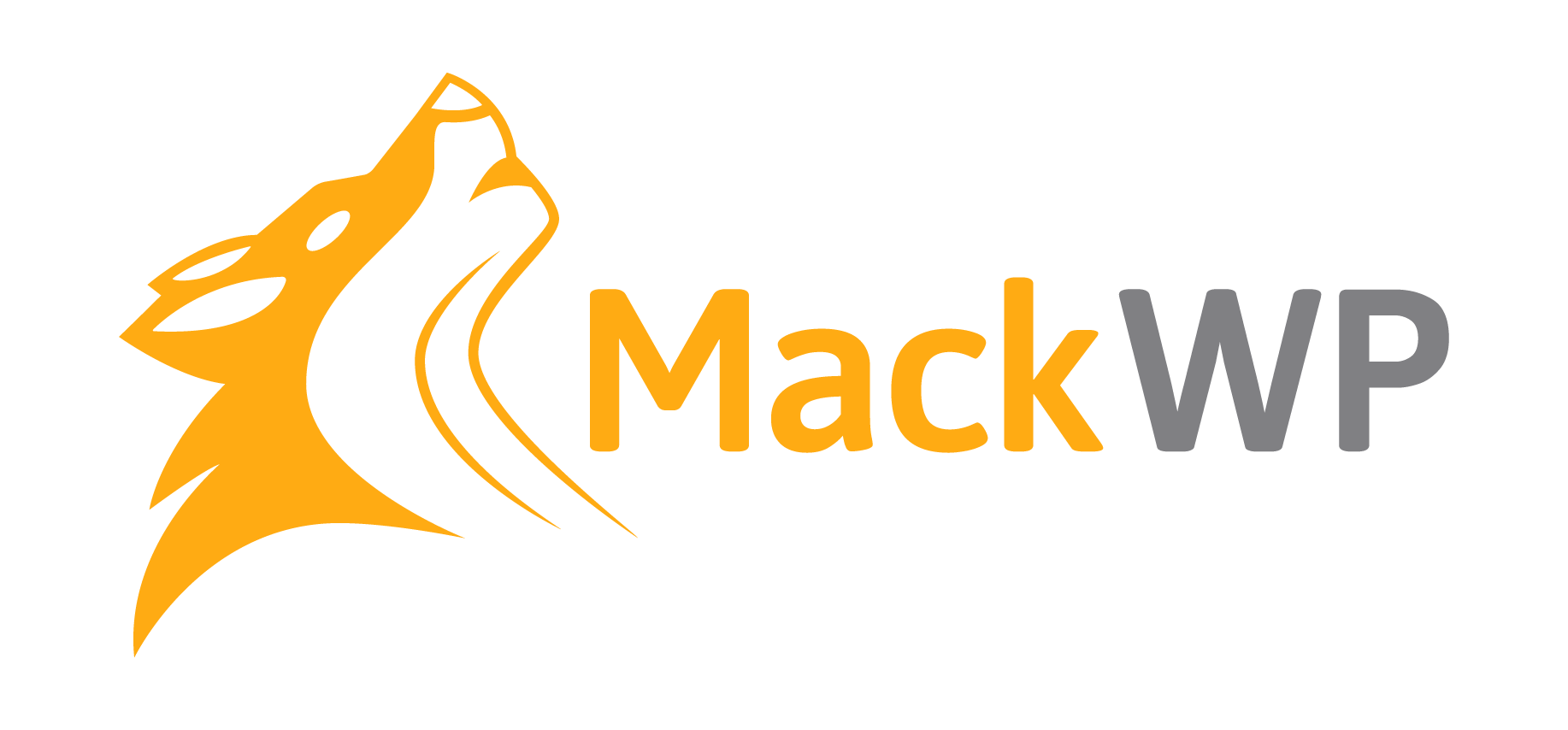
Have you ever wondered if content can help your Search Engine Optimization (SEO)? Whether if you have or haven’t wondered about content and SEO before, the answer is yes, it can improve your SEO (it can hurt it too).
First, we need to cover SEO and what it is. You’ve probably heard the buzzword SEO or Search Engine Optimization, but what does it mean? Optimizing your site for SEO allows it to perform better and rank higher in search results.
Nowadays, when people are looking for something, they tend to go to Google. Fun fact: “More than 90% of all internet searches are taking place through Google and the company subsidiary Youtube. Google processes 3.5 billion searches per day. Getting millions of people to try a different search algorithm would be extremely expensive (Business Insider).” Google has a lock on our searches. It’s rumored that Apple is developing a search engine to compete with Google.
I’m heading down a tangent here, let me bring this back on track. As Google’s algorithms have developed and evolved, they have begun to favor many elements of a good content marketing plan. When you create fresh content regularly and have done your keyword research and implemented it properly, Google’s algorithm will rank your site higher.
How do we use content to improve our SEO? Let’s take a look at a few instances.
More content equal more keyword opportunities
Easy concept to wrap your mind around, right? The more fresh content your create, the more opportunity you have to use keywords from your research.
Google (search engines) don’t see websites like you and I see them. When we see a website, we can tell what it’s about (typically, but some can be confusing). When you search for something online, “Google’s algorithm does the work for you by searching out Web pages that contain the keywords you used to search, then assigning a rank to each page based on several factors, including how many times the keywords appear on the page. Higher ranked pages appear further up in Google’s search engine results page (SERP), meaning that the best links relating to your search query are theoretically the first ones Google lists (How Stuff Works).”
Are you starting to clearly see how content can improve your SEO? Here are some examples of content:
- Articles – You likely have company news, an interview, a product announcement, or a feature piece. Think of a traditional newspaper and the type of content you would see written within.
- Blog Posts – Blog’s are one of the easiest and most effective ways to consistently create SEO content. Blogs typically help a reader solve a problem on their own, demonstrate your industry expertise, and subsequently give them a reason to use your product or hire your services. You may see blog content come in many different forms (keep in mind that blogs are very flexible and you may use one to host any form of content):
- How to
- List
- Question
- Why
- Cheatsheets
- Interviews
- And more!
- Case Study – these are powerful pieces of content! You may share a customer success story they experienced from your product or service. Case studies may come in a few different forms, from video and audio to written out. Case studies may provide further reasons to use your product or service to resolve similar challenges.
- White Paper – an authoritative report or guide that advocates the best way to go or a certain solution is the best course for a particular problem. White papers help to demonstrate you as an industry authority and could influence the decision-making processes of a current or prospective customer.
- Guides – Guides can be a piece of long-form content that explains in detail how to do something. Using a guide, you may post the entire piece on your website, or you may decide to post a summary of the guide, requiring a reader to fill out a registration to read the full guide. This can be a great tool to generate leads and build an email list. However, keep in mind that putting up a registration form will likely reduce the amount of SEO traffic you can drive to that particular piece.
- Infographics – large-format images that deliver research in an easy-to-understand, visual layout. We all know different people best learn in different ways: Auditory, Visual, tactile. Infographics are great for visual learners and are so easy to digest, they work well for auditory and tactile learners as well.
These are just a few different types of content you may use for SEO. There are many (and we mean many) more types!
Content keeps readers on your webpage longer
Here we’re going to get into something you may not be familiar with and that is called a “bounce.” A bounce is when someone visits your website from a search and leaves right away because they can’t find what they need or are confused with your website and they leave right away. Each time this occurs, it is factored into your bounce rate.
If you have a high bounce rate, Google will stop ranking your website highly, and rightfully so. If individuals couldn’t find what they need from Google, they would stop using it. Creating content may help visitors stay on your website longer and improve your bounce rate which will improve your SEO.
Summary
Creating quality content in any form will help grow your audience and keep them coming back for more. Conducting keyword research and implementing it into your content will help improve your SEO and help your readers find you. This is beneficial the whole way around. It gets your readers the content they need to help them while improving your position as a thought leader in your industry. Creating content that your readers want to digest and making it easy for your readers to find will help your bounce rate, also improving your SEO.
There is more to content and SEO that will get into moving forward. If you have any particular questions or examples, please put them in the comments so we may address them. Or, reach out to us directly at kmack@mackwp.com
Until next time, keep smiling.


Recent Comments